May 22nd 2023 - Team
How to Clean a Classic Pizza Stone
The tools you employ are equally as important as the dough and toppings when it comes to creating the ideal pizza. And no piece of equipment is more essential than a pizza stone. But what do you do when your pizza stone loses its luster?
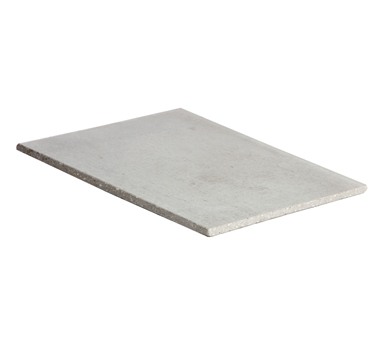
A paste made from baking soda and water is ideal for thoroughly cleaning a pizza stone. Scrubbing the burned-on food with salt or semolina might also help. On most days, however, I just leave the stone in the oven at 650 degrees for 45 minutes. All the grime and dirt are vaporized by the high temperatures.
Now that you're familiar with the fundamentals, we'll go into more detail about how to clean your pizza stone. I'll explain all you need to know about pizza stone maintenance, from the necessity to avoid soap and detergent to the importance of heat treatment.
How to Clean a Classic Pizza Stone
1: Cool the Pizza Stone
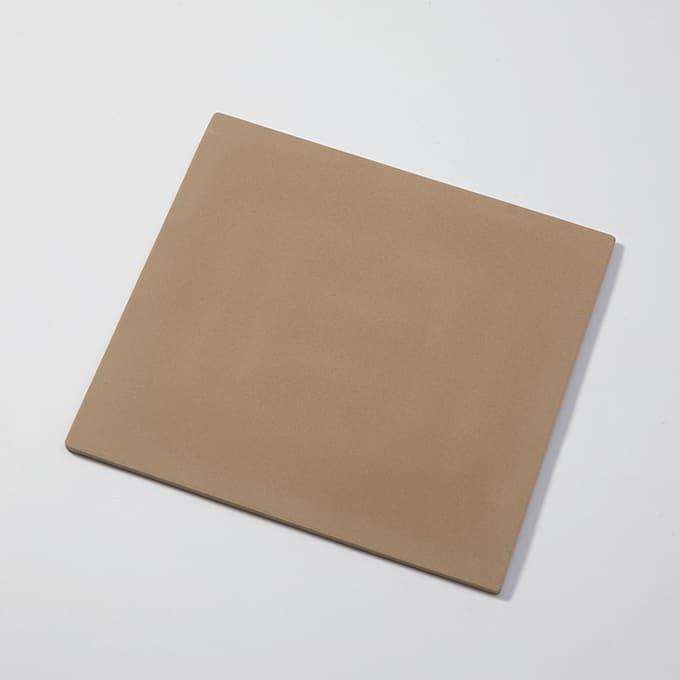
The pizza stone needs to cool down completely before being cleaned, regardless of whether the pizza was served directly on the stone or transferred to a different board. Returning to normal room temperature can take up to three hours. It's dangerous to put a hot stone in the dishwater in the sink.
Pro-Tip
A pizza stone should never be cleaned in the dishwasher. Always wash by hand. The stone might be harmed by the dishwasher detergent and the excessive water used in a washing cycle.
American Metalcraft STONE14
2: Get Rid of Leftover Crumbs
If any of your pizza's toppings have become stuck to the stone, use a rubber or plastic spatula to scrape them off.
Never use a metal knife or spatula to cut pizza on a stone or remove burned toppings. The pizza may start to adhere to the stone after being scratched by the metal.
3: Dislodge the Crusty Bits
Make a paste of one tablespoon of baking soda and a few drops of water if the food is stubbornly stuck after scraping. Scrub the affected areas gently with a brush dipped in the paste.
To remove the baking soda and any remaining food particles, use a damp microfiber cleaning cloth.
4: Clean the Stone
After scraps of food are removed, use a moist microfiber towel to clean the stone.
5: Dry
Before putting the stone away for future use, let it dry completely on a dish rack.
Heating for Thorough Cleaning
Stones that have been used frequently and still have stubborn food stains can be thoroughly cleaned by baking at a high temperature. Due to the potential for cracking, this heat-cleaning approach should be used no more than once or twice during the stone's lifetime.
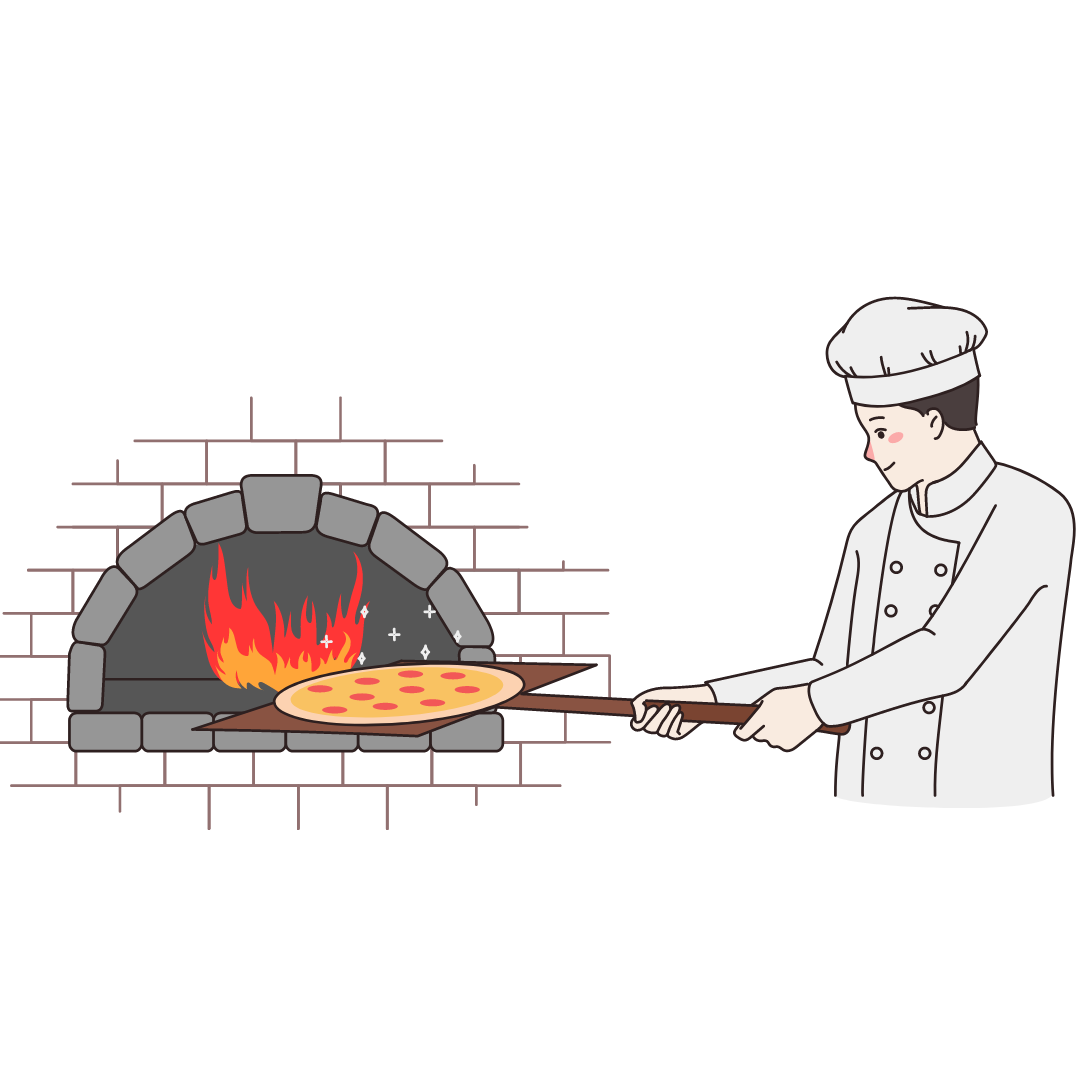
- Put the pizza stone directly in the middle of the oven. Put it at a temperature of 500 F.
- Let the stone and oven heat up to their peak temperature simultaneously.
- When the oven is at the proper temperature, put the stone in for an hour.
- Once the oven is turned off and the stone has cooled, you may carefully scrape away the leftover food with a plastic spatula.
- Use a moist microfiber cloth to finish the cleaning.
How to Clean Stones for Other Pizza Ovens
Stainless Steel
Cooling time is essential for pizza stones made of stainless steel. Clean it in hot water with dish soap and a sponge or sponges designed for washing dishes. Don't wash it in the machine.
Cast-iron pizza stones
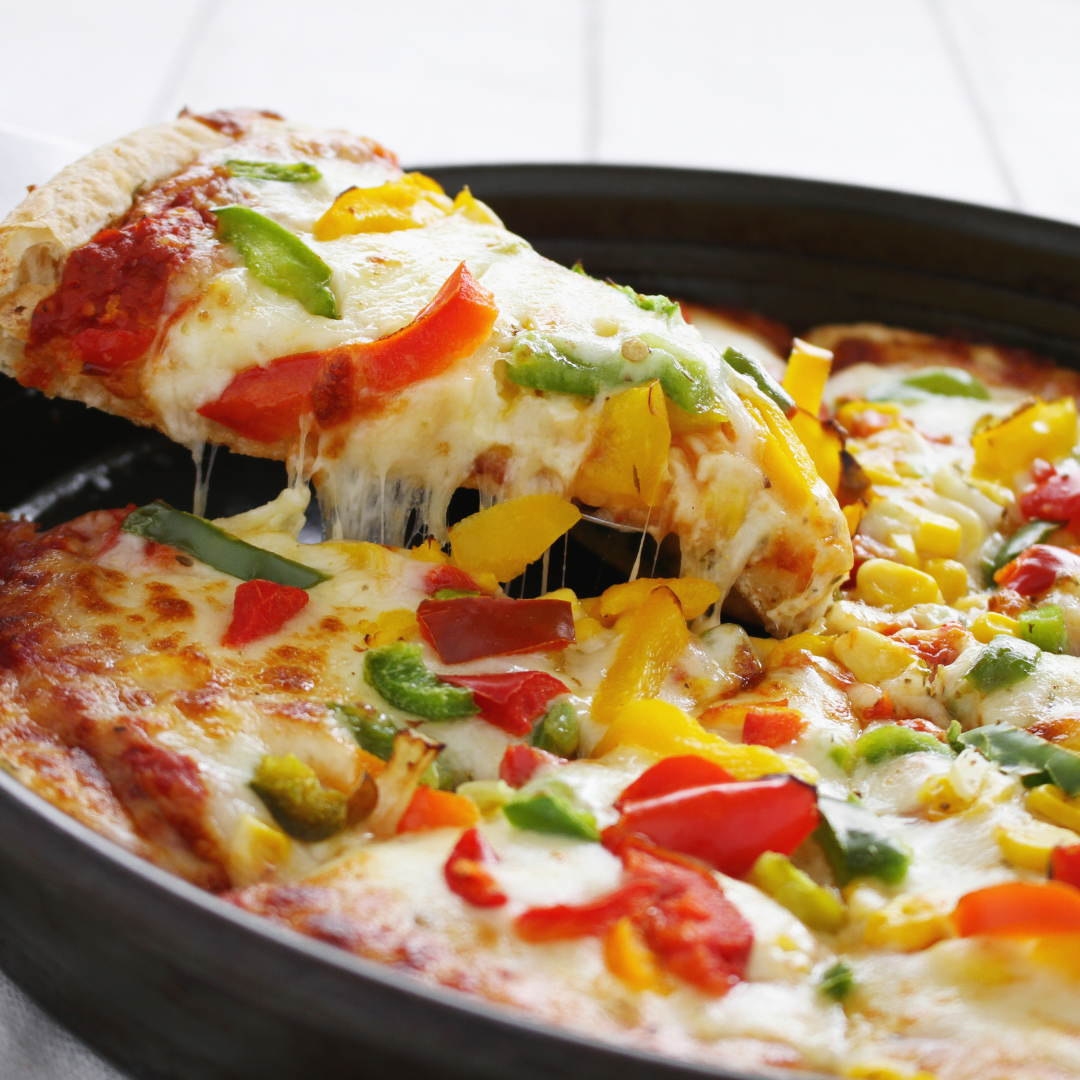
Stones made of cast iron shouldn't be submerged in water for long. Remove any leftovers with a spoon and wash in hot, soapy water if necessary. After thorough washing, dry off quickly using a towel. After each cleaning, most cast-iron pizza stones benefit from having a little coating of vegetable oil wiped over the surface.
Soapstone
Pure soapstone has a high density and can tolerate high and low temperatures. Due to its impermeable nature, the stone can be cleaned with hot, soapy water immediately after usage. It has to be washed and dried with a gentle towel.
How to Preserve the Cleanliness of a Pizza Stone
- Use baking parchment under the pizza crust every time you bake to protect your stone and keep it looking like new.
- The pizza stone will turn darker and develop a patina as time goes on. It has nothing to do with how thoroughly you scrubbed the pizza stone and is a normal and expected occurrence.
- A pizza stone is not like a cast-iron pan, and it should not be seasoned or oiled before use. There is no benefit to storing or using the stone in the future if the porous surface is oiled. Instead of creating a thin-crust pizza easier, it will make the pizza stone less absorbent, defeating the point of employing one.
Why preserve?
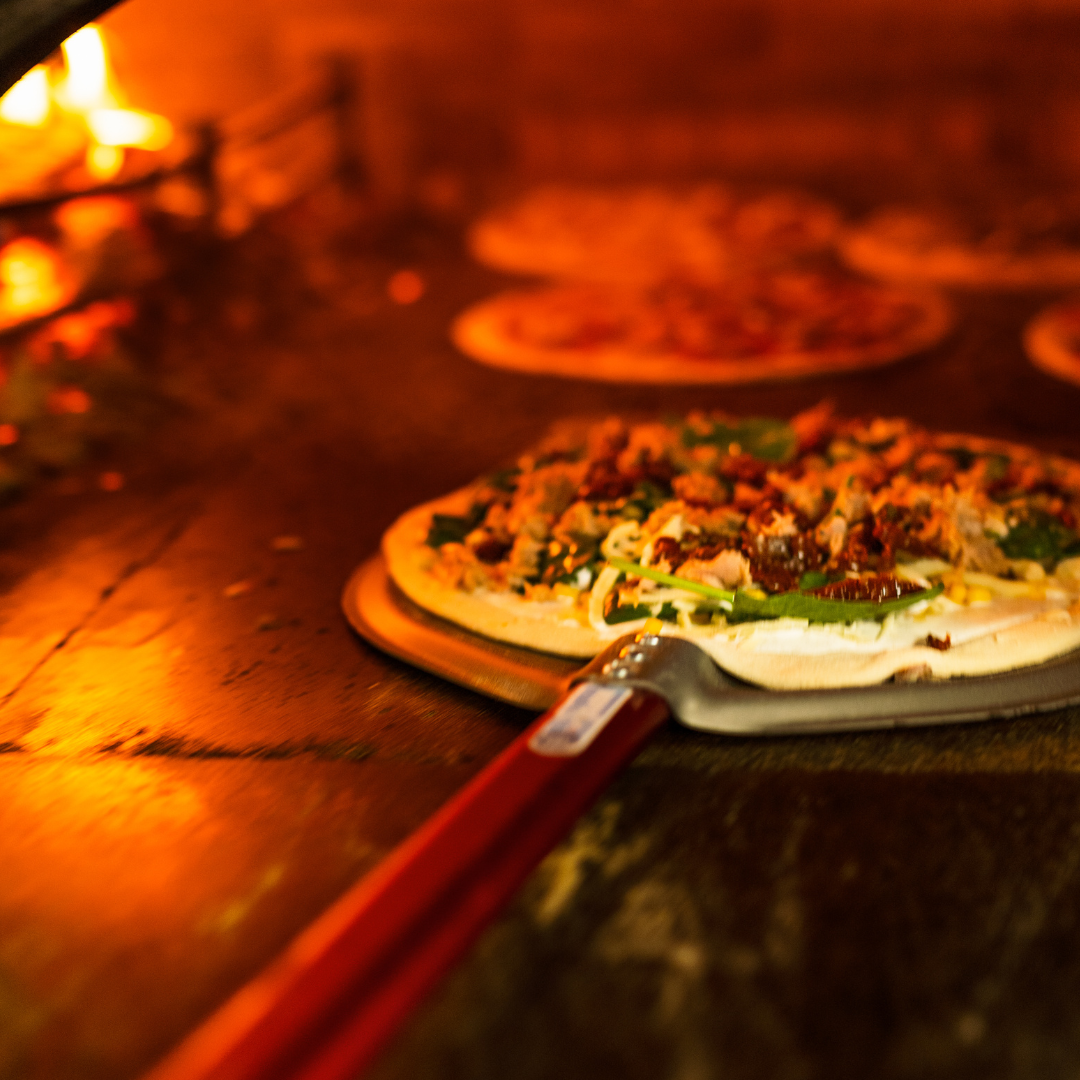
- Protects Against Cross-Contamination and Food-Borne Illnesses: Pizza stones can harbor harmful bacteria if not kept clean. Bacteria from a dirty pizza stone could potentially be transferred to the pizza while cooking. Make sure to give your pizza stone a thorough cleaning after each usage to avoid this.
- It guarantees uniform cooking and flaky crusts: The crispiness and flavor of your pizza could be compromised by a dirty pizza stone. Uneven cooking and soggy or burnt crusts might result from grease and food particles that have built up on the stone's surface. A clean pizza stone will allow for more uniform baking temperatures.
- Helps the pizza stone last longer: Maintaining a clean pizza stone can help it last longer. In the long term, you'll save money by doing this. Cheese, sauce, and another topping residue might accumulate on the stone's surface over time. Over time, this can lead to the material becoming brittle and cracked.
Benefits of Maintenance of Pizza Stones
By cleaning these residues after each usage, you may keep your pizza stone in good condition for a longer period of time.
- Maintains the Pizza's Original Flavor: The quality of your handmade pizzas will suffer if you use a pizza stone that is unclean or oily. When new components are combined with the remaining oils from earlier bakes, it might change the flavor or even produce an unpleasant odor.
- The best pizzas start with a clean pizza stone, free of any odors or aromas that may have lingered from prior uses.
- It makes future cleanings easier and faster: Avoiding the buildup of permanent stains by consistent cleaning saves time and energy in the long run. Longer cleaning times are an inevitable consequence of dirt accumulation.

